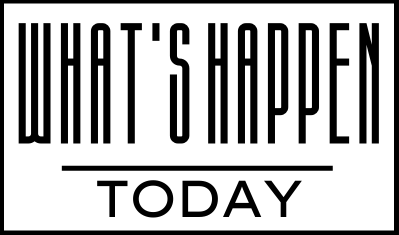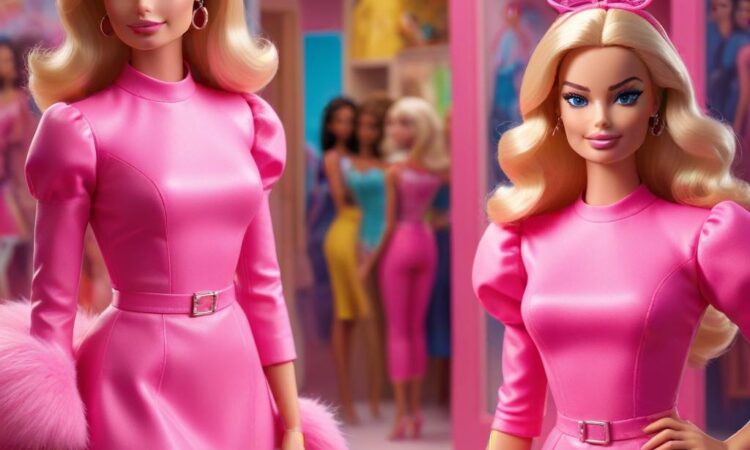Barbie’s Box Office Blitz: A Cultural Phenomenon
Okay, so Barbie. Seriously. Who saw *this* coming? Greta Gerwig’s pink-hued masterpiece isn’t just smashing box office records; it’s rewriting the rulebook on summer blockbusters. We’re talking record-breaking numbers, the kind that make Hollywood execs do a double-take and whisper, “How did they *do* that?”
And it’s not just about the money, people. This thing is sparking conversations – HUGE conversations – about feminism, marketing strategies that actually *work*, and the sheer impact of a movie that dared to be both smart and ridiculously fun. Seriously, it’s everywhere. From your aunt’s Facebook feed to the most serious film critiques, everyone’s talking about Barbie.
Let’s dive into why this movie is such a mega-hit. First off, the marketing was genius. I mean, who *doesn’t* want a piece of that pink perfection? The marketing campaign was less about selling a movie and more about creating a full-blown cultural experience. It was everywhere – subtle and overt product placement, vibrant visuals dominating social media, and a soundtrack that’s already a summer anthem. They tapped into the nostalgia of a generation while cleverly appealing to a whole new audience. It’s a masterclass in modern marketing.
But beyond the marketing savvy, the film itself is surprisingly layered and thought-provoking. It tackles themes of female empowerment, societal expectations, and the complexities of identity in a way that’s both accessible and insightful. It’s funny, it’s heartfelt, and it doesn’t shy away from some pretty important conversations. It’s a movie you can watch with your friends, with your family, and even with your slightly judgmental grandma (who will probably secretly love it).
The performances are stellar. Margot Robbie is captivating as Barbie, nailing the balance between iconic doll and evolving human. Ryan Gosling’s Ken is… well, let’s just say it’s a performance for the ages. His evolution throughout the movie has become a meme-worthy highlight, with the Ken-ergy craze sweeping the internet. The supporting cast adds depth and humor, making the whole cinematic experience unforgettable.
Now, the cultural impact. This isn’t just a movie; it’s a phenomenon. It’s sparked debates about representation in media, the evolution of feminism, and the power of nostalgia. It’s become a shared cultural experience, a topic of conversation that transcends age, gender, and background. You can’t scroll through social media without encountering pink-themed posts, memes, and discussions about Barbie’s themes. And that, my friends, is remarkable.
The success of “Barbie” is a testament to the power of smart storytelling, clever marketing, and a film that dares to be both entertaining and meaningful. It’s a movie that’s not just breaking box office records; it’s breaking down barriers and starting conversations that need to be had. It’s a cultural touchstone that will be analyzed and discussed for years to come.
So, yeah, go see Barbie. Seriously. Even if you think you’re “too cool” for it, you’ll probably end up having a blast. And you’ll definitely have something to talk about with your friends afterwards.
Beyond the record-breaking numbers and the widespread cultural conversation, “Barbie” signifies a shift in Hollywood. It proves that smart, female-led projects can be both critically acclaimed and commercially successful, opening doors for more diverse and ambitious storytelling in the future. It’s not just about a doll; it’s about changing the landscape of cinema, one pink step at a time.
It’s a movie that’s as relevant to discussions about gender and identity as it is to discussions about the art of filmmaking and the power of effective marketing. It’s a cultural juggernaut, and its impact will continue to resonate for years to come.

